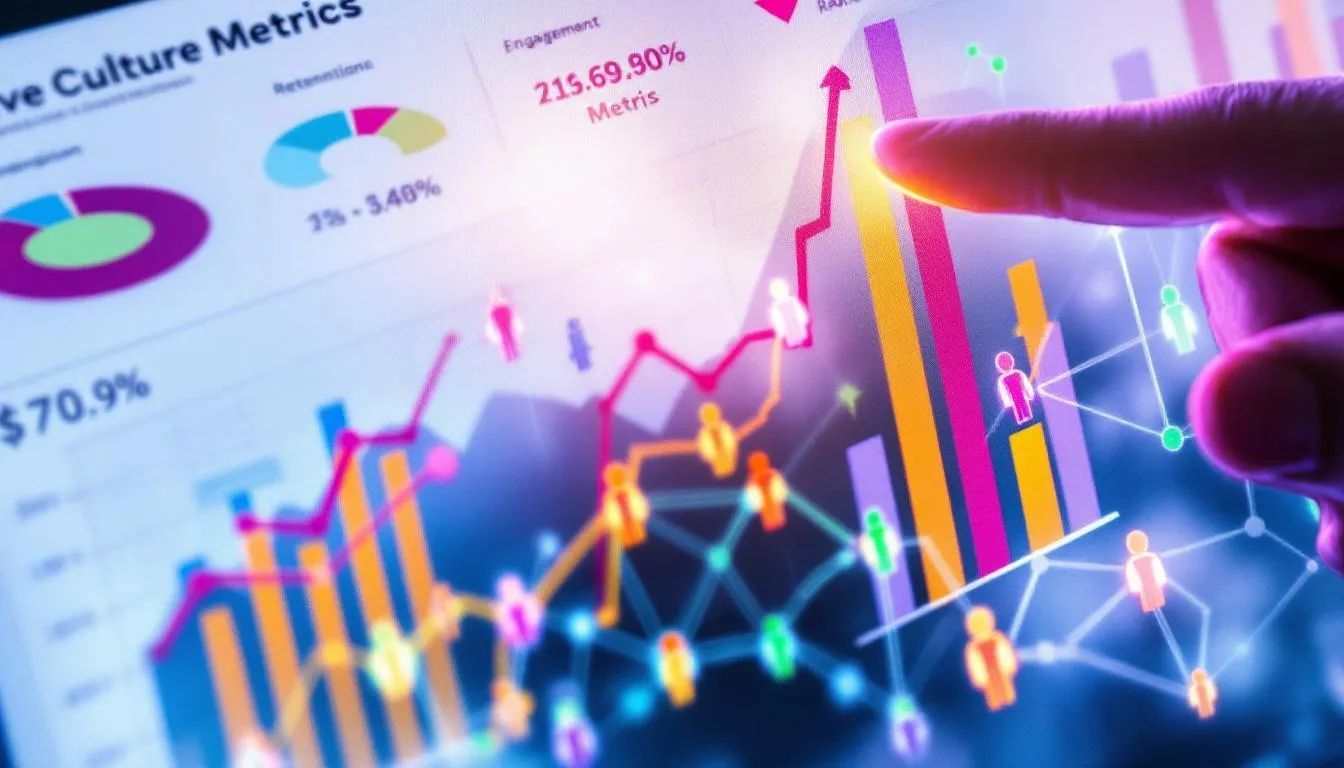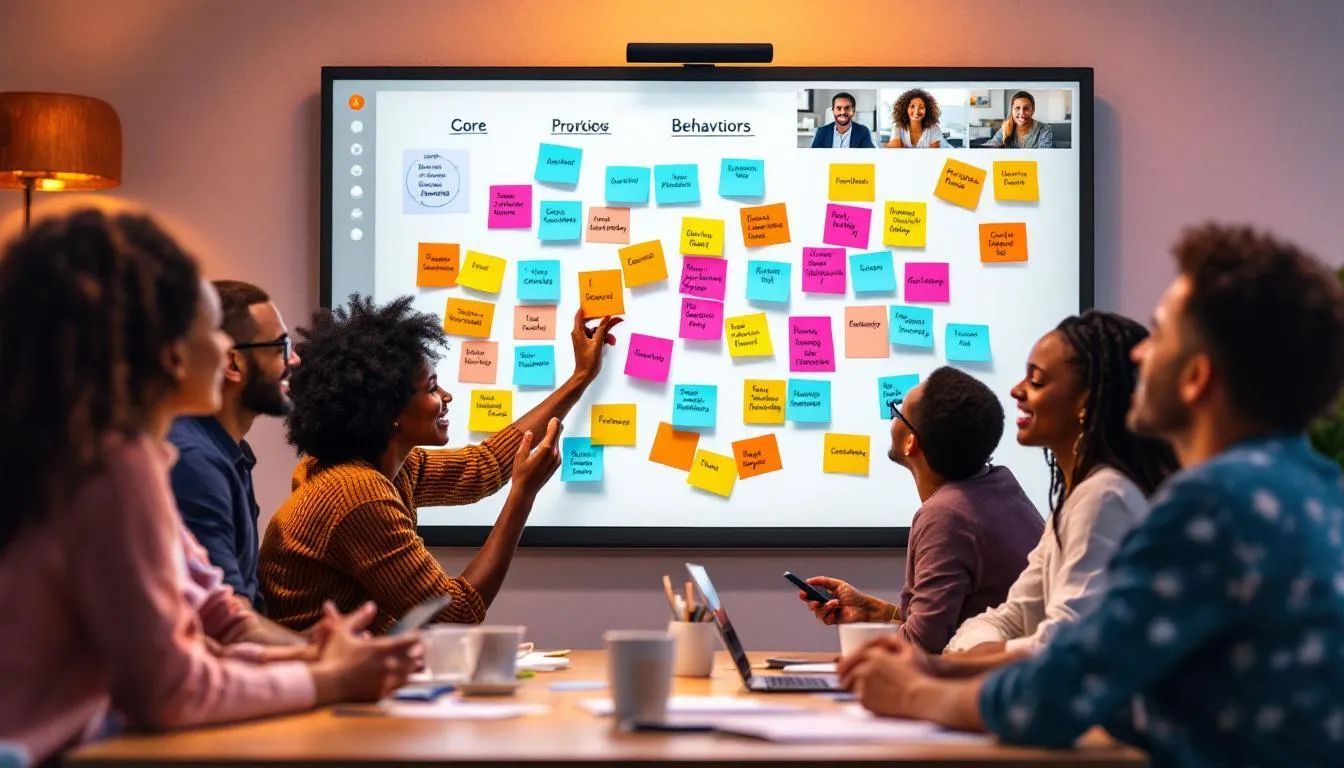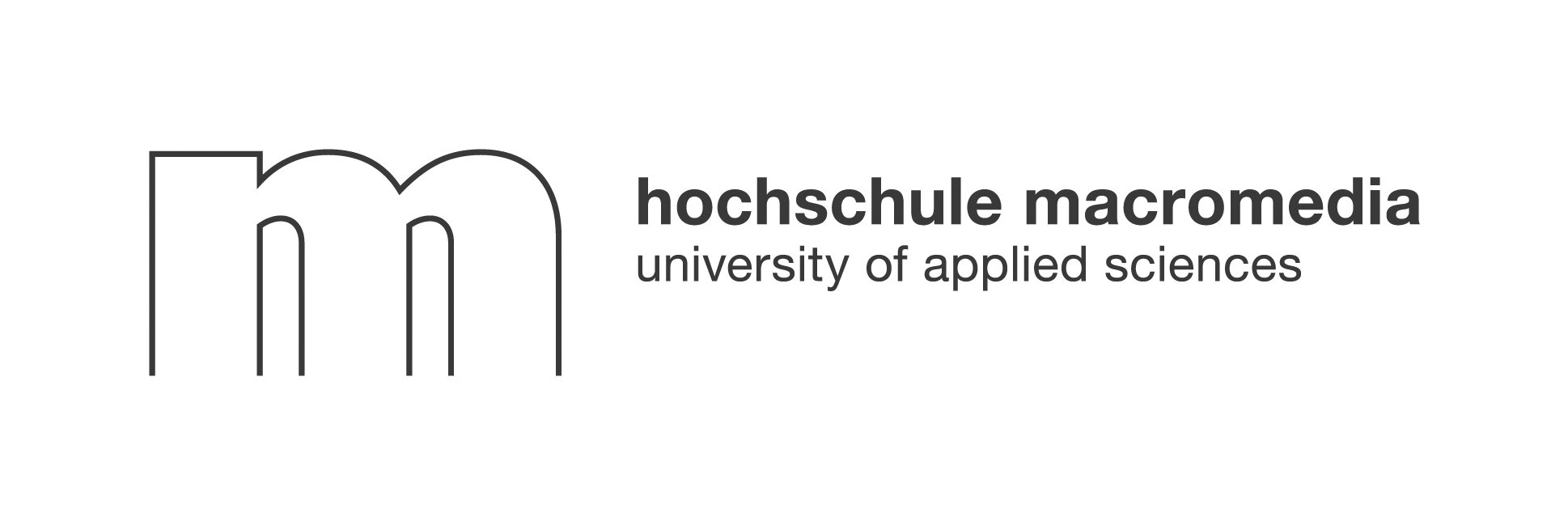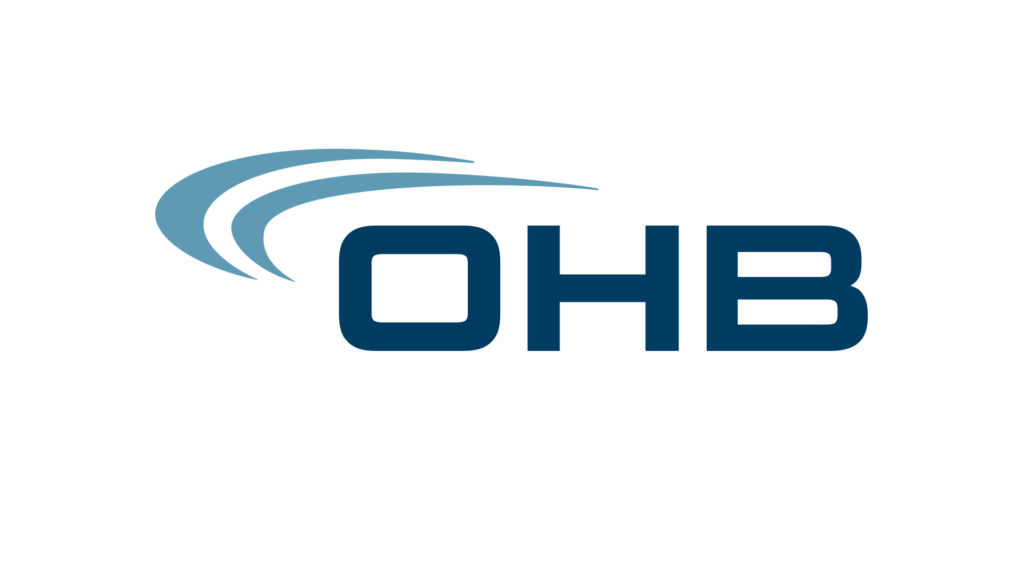Every business talks about workplace culture transformation, but few truly achieve it—especially in today’s hybrid and remote environments. Why? Because most initiatives miss what matters: authentic, everyday connections between people. If you’ve ever wondered why your team still feels disconnected, despite endless “culture” programs, you’re not alone. This guide unpacks what real transformation means in 2025 and how AI-powered platforms like Neroia are redefining the game, helping companies build workplaces where people genuinely belong. Ready to see what’s possible?
What Workplace Culture Transformation Really Means Today
Workplace culture transformation is more than a buzzword—it’s a fundamental shift in how people interact, collaborate, and find purpose at work. At its heart lies the values-norms-behaviors trifecta:
- Values: The guiding beliefs that shape decisions and priorities.
- Norms: The unwritten rules about “how things are done here.”
- Behaviors: The daily actions and interactions that bring values and norms to life.
In 2025, culture is no longer set by slogans or top-down memos. Instead, it’s woven into every digital chat, team huddle, and micro-event—especially as hybrid work blurs boundaries. The real challenge is aligning what a company says it values with how employees actually experience work, both online and offline.
“Norms drive a lot of our behavior in organizations, and they’re something that can really be managed by leaders within organizations.”
— Charles O’Reilly, Stanford Graduate School of Business
Why Transform? Business Impacts You Can’t Ignore

Why should leaders care about workplace culture transformation? The answer is simple: it drives results that matter.
Engagement and Retention Gains
Connected employees are four times more likely to be engaged at work and 43% less likely to seek new jobs, according to Gallup. When people feel they belong, absenteeism falls and motivation soars. In a hybrid world, engagement hinges on more than perks—it requires relationships built on trust and inclusion.
Customer Experience Lift
A vibrant culture doesn’t stay hidden; it radiates outward. Teams that collaborate well deliver better service, innovate faster, and build customer loyalty. Research shows that companies with strong cultures see up to a 33% improvement in quality and a 41% reduction in absenteeism—results that customers notice.
Innovation and Agility Boost
Transforming culture breaks down silos and encourages experimentation. Employees in psychologically safe environments are more likely to share ideas, take smart risks, and adapt to change. This agility is crucial as industries face rapid shifts and new technologies, like AI, reshape how we work.
Early Warning Signs Your Culture Needs a Reset
How do you know when it’s time for a workplace culture transformation? Look for both hard data and subtle signals.
Quantitative Red Flags
- Rising turnover rates, especially among new hires or high performers
- Declining employee Net Promoter Score (eNPS) or engagement survey results
- Slipping productivity metrics or missed targets
Qualitative Red Flags
- Widespread burnout, cynicism, or lack of energy
- “Silo thinking” where teams avoid cross-functional collaboration
- Increasing silence—fewer ideas shared, less feedback, and minimal participation in meetings
“A culture of low assertiveness can make it harder to get the transparent feedback you need to create effective change strategies.”
— Prosci Best Practices in Change Management
Laying the Groundwork: Leadership Alignment and Vision
Culture change starts at the top, but succeeds only when leaders at every level align behind a shared vision.
Crafting a Compelling Purpose Statement
An effective purpose statement goes beyond profit. It answers: Why does this organization exist? What unique value does it offer employees, customers, and the world? In 2025, employees are drawn to companies with a clear, authentic mission—one that resonates with their own values.
Communicating the Why Across Levels
Transparency is key. Leaders must explain not just what will change, but why it matters. Open forums, Q&A sessions, and storytelling help make the vision real. Two-way communication builds trust and gives employees a voice in the transformation.
The 5-Phase Workplace Culture Transformation Framework
Successful workplace culture transformation follows a structured, people-centered approach. Here’s a proven five-phase framework:
Phase 1 – Assess Your Current State
- Gather data: surveys, interviews, and focus groups
- Analyze metrics: turnover, engagement, productivity
- Benchmark against industry standards
Phase 2 – Design the Future Culture Blueprint
- Define desired values, norms, and behaviors
- Co-create with diverse employee voices
- Set measurable goals for change
Phase 3 – Activate Champions and Change Agents
- Identify influencers and early adopters
- Empower them to model new behaviors
- Provide resources and recognition
Phase 4 – Embed New Rituals, Systems, and Rewards
- Update policies, workflows, and incentives
- Launch new rituals (e.g., regular micro-events, cross-team meetups)
- Integrate culture into performance reviews and onboarding
Phase 5 – Reinforce, Iterate, and Scale
- Monitor progress with real-time feedback
- Celebrate wins and adjust strategies
- Scale successful practices across teams and locations
“Transformation leaders must establish entirely new workplace norms, and part of that means being clear on expected behaviors and developing routines and rituals to reinforce those behaviors.”
— McKinsey & Company
Metrics That Matter: Tracking Progress Without Vanity Stats
Measuring culture transformation requires more than counting event attendance or swag distribution. Focus on metrics that reveal real change.
Leading Indicators to Watch Weekly
- Participation rates in micro-events or cross-team activities
- Volume and quality of peer recognition or feedback
- Pulse survey scores on belonging and psychological safety
Lagging Indicators That Prove ROI
- Retention rates, especially among diverse or high-potential talent
- Customer satisfaction (NPS) and business performance improvements
- Reduction in burnout or absenteeism
Building Continuous Feedback Loops
- Use anonymized analytics to spot trends and pain points
- Enable two-way feedback through digital platforms
- Adapt programs in real time based on employee input
Common Pitfalls and How to Keep Momentum Alive
Even well-intentioned culture initiatives can stall. Here’s how to avoid the most common pitfalls and sustain transformation over the long haul.
Tackling Change Fatigue Head-On
Change fatigue sets in when employees feel bombarded by new programs without seeing real benefits. Combat this by:
- Prioritizing quick wins and celebrating progress
- Keeping changes manageable and relevant
- Providing support and listening to concerns
Realigning Incentives and Processes
If old systems reward outdated behaviors, transformation will stall. Make sure:
- Performance reviews and promotions reflect new cultural priorities
- Recognition programs spotlight collaboration and innovation
- Processes are redesigned to support flexibility and inclusion
Sustaining Transformation Over 3–5 Years
Culture change is a marathon, not a sprint. Maintain momentum by:
- Regularly refreshing rituals and events
- Rotating leadership among change agents to keep ideas fresh
- Embedding transformation into onboarding and ongoing learning
“Culture begins and ends with leaders: Only leaders can establish and communicate a vision—and bring it to life through their behaviors and actions.”
— Gallup
Why Traditional Culture Programs Fall Short in Hybrid Workplaces
Many companies still rely on generic, one-size-fits-all programs—virtual happy hours, top-down workshops, or annual surveys. In hybrid and remote settings, these approaches often fail because they:
- Lack personalization: Not every employee wants the same experience.
- Miss genuine connection: Large, impersonal events don’t foster real relationships.
- Ignore digital friction: Scheduling, time zones, and platform overload create barriers.
- Overlook introverts and minorities: The loudest voices dominate, while others are left out.
The result? Disconnection, low engagement, and wasted resources.
The Neroia Difference: AI-Driven Micro-Events for Real Culture Transformation
Neroia was built to address these gaps. Its social employee benefits platform uses artificial intelligence to curate small-group activities—micro-events—that match employees’ interests, schedules, and privacy preferences. Here’s how Neroia’s approach transforms workplace culture, especially in hybrid and remote environments:
Breaking Silos and Creating Authentic Connections
Neroia’s AI recommends micro-events (like yoga sessions, cycling meetups, or cultural exchanges) for 3-4 participants, ensuring everyone finds their tribe. These aren’t forced fun—they’re organic opportunities to connect over shared interests, whether in-person or virtually.
In recent OHB pilots, yoga classes and company runs saw high participation and positive feedback, with employees reporting new friendships that carried over into work projects.
Seamless Integration With Engagement Tools
Neroia integrates effortlessly with platforms like Slack, Microsoft Teams, and wellness apps. Its AI chat orchestrates event coordination, sends reminders, and collects anonymized feedback—all while keeping employee data secure and private.
This reduces planning friction and makes participation easy, even for busy or remote team members.
Personalization and Privacy at the Core
Unlike traditional programs, Neroia tailors every recommendation using anonymized data, respecting individual preferences and ensuring no one feels surveilled or pressured. Employees can opt in or out, choose what fits their lifestyle, and connect on their own terms.
Analytics That Drive Continuous Improvement
Neroia’s platform provides HR with anonymized analytics, highlighting what’s working and where to improve. This enables real-time adjustments and helps leadership focus resources where they’ll have the biggest impact.
“Valuing the distinctive talents and perspectives of all employees is particularly vital as generative AI and other technologies take over routine tasks and leave room for people to bring higher-level, more creative thinking and skills to the table.”
— McKinsey & Company
Aligning With 2025 Trends: Empathy, Purpose, and Psychological Safety
Neroia’s model is built for the future of work. In 2025, leading organizations prioritize:
- Empathetic Leadership: Leaders who listen, adapt, and support well-being.
- Psychological Safety: Teams where everyone feels safe to share ideas and feedback.
- Purpose-Driven Engagement: Connecting daily work to a larger mission.
Neroia’s micro-events foster these qualities by encouraging cross-team relationships, supporting mental and physical health, and giving employees a voice in shaping their experience.
The Future: Replacing Outdated Practices With AI-Tailored Interactions
The days of generic team-building are over. Companies that thrive will be those that invest in technology and strategies that make culture personal, inclusive, and dynamic.
Neroia’s commitment is clear: Replace outdated, top-down programs with AI-powered, employee-centric experiences. By doing so, organizations can:
- Enhance well-being and resilience
- Boost retention and productivity
- Build a workplace where everyone feels they truly belong
“A successful culture transformation creates an inclusive and innovative environment that enhances operational efficiency and delivers excellent customer experiences.”
— Prosci
Conclusion
Workplace culture transformation is no longer optional—it’s essential for success in a hybrid, AI-driven world. The most effective strategies blend clear vision, empathetic leadership, and personalized, technology-enabled connections. Neroia stands at the forefront of this movement, helping companies effortlessly discover authentic relationships and foster vibrant, resilient cultures where people and business thrive. For organizations ready to break silos and reimagine what’s possible, Neroia is the best option for building the workplace of the future.




